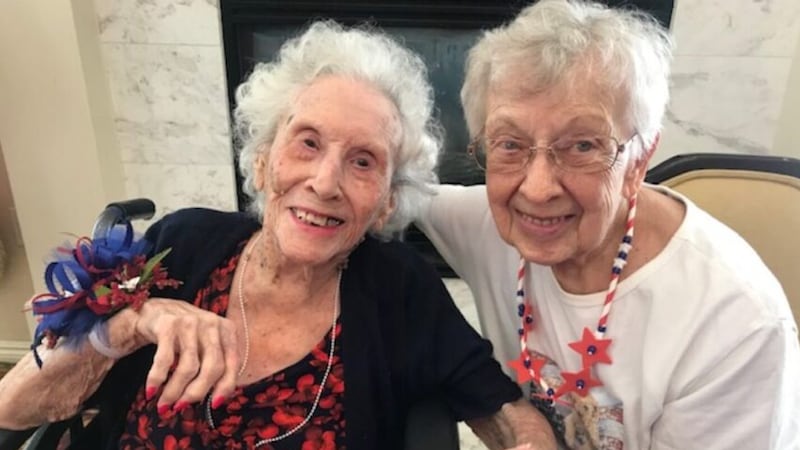A discovery made by a former University of Washington undergraduate student and a team of researchers back in 2014 is gaining more attention after the research was published this past January.
The findings have sparked questions given the discovery’s location as to whether or not it could contribute to “The Big One.” One researcher from the project put it simply and said no. But it is considered to be “one-of-a-kind.”
UW oceanography professor Dr. Deborah Kelley told KIRO 7 one thing she loves most about her career is taking undergrad and graduate students out on research excursions. In 2014, one of her undergrad students, Brendan Philip, embarked on one of these excursions and made the discovery of a lifetime.
While commuting back and forth between two existing research sites off the Oregon coast, Philip noticed via sonar a strong signal believed to be methane bubbles beneath the surface. This was observed in between the two sites he was visiting, and it wasn’t until the summer of 2015 that Philip was asked to embark on the discovery dive to confirm his findings.
Pythia’s Oasis is described as a pipe like an orifice — a hole on the seafloor where fluid, as opposed to just gas, is coming through at a temperature four times warmer than the water around it. It blows sediments and has been active since its discovery.
However, unlike other methane seeps discovered around the Cascadia Subduction Zone, Pythia’s Oasis has not changed in size or location. Dr. Kelley said one of the challenges to discovering something that is the first of its kind is, “We don’t have any continuous data, so we don’t know how they change over time. And so the next proposal we would like to write is to … there’s at least three of these faults, is to drive along. You know, is Pythia’s one-of-a-kind? There’s no way it is.”
The research-based excursions making these discoveries possible are funded by the National Science Foundation. Securing funds is competitive but necessary for understanding in greater depth the impact multiple sites like Pythia’s Oasis have on us in the Northwest long-term. Learn more about the research team’s years of research here.
©2023 Cox Media Group








